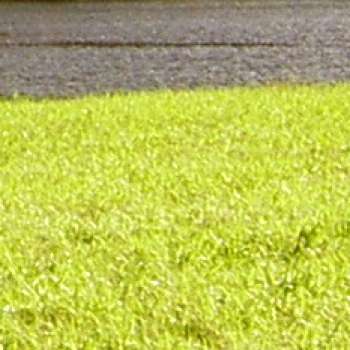
Water quality
There are many possible measures against agricultural runoff. The measures most usually applied in Norway are focusing on reduced losses of phosphorus to streams and lakes. Measures against nitrogen and pesticides are also important.
Subject article
Publications
Report research – Phosphorus losses from the Mørdre catchment
Dominika Krzeminska, Marianne Bechmann
Abstract
No abstract has been registered
To document
Authors
Marianne Bechmann Dennis Collentine Flemming Gertz Morten Graversgaard Berith Hasler Janne Helin Brian Jacobsen Katri Rankinen Karen RefsgaardAbstract
-
Authors
Inga GreipslandAbstract
No abstract has been registered
Authors
Inga GreipslandAbstract
No abstract has been registered


